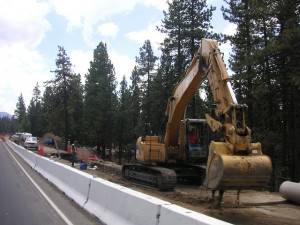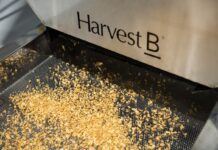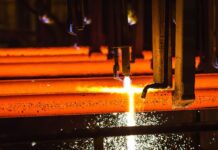Curtin University’s Sustainable Engineering Group (SEG) has broken new ground in the area of road construction after its research has demonstrated that red sand could be used as a viable and environmentally friendly alternative to virgin sand and limestone.

According to a media release, using red sand in road construction would reduce the need for quarries to extract virgin sand and limestone. Red sand has been previously considered an unusable waste product from the extraction of alumina from bauxite.
To get a picture of how much red sand is available for use, Alcoa’s three Western Australia refineries produce 30,000 tons of red mud and 18,000 tons of residue sand daily, which combine to make up red sand.
Using red sand for road construction has substantial environmental benefits. Based on use of 600,000 tonnes per year over a 35-year period, there would be a reduction of approximately 66,200 metric tonnes of carbon dioxide emissions. Around 407 hectares of land which is about the size of Kings Park would also be conserved, along with preservation of vegetation and biodiversity. Using red sand would also reduce costs in the construction industry by as much as $18 million, depending on the outcome of the carbon tax.
The Department of Main Roads of Western Australia has conducted trials of red sand on a section of Greenlands Road and it is hoped that the product will be commercially available next year.
Aside from its use in road construction, red sand is also suitable for use as top dressing in golf courses, parks, playgrounds, and sports fields.



















